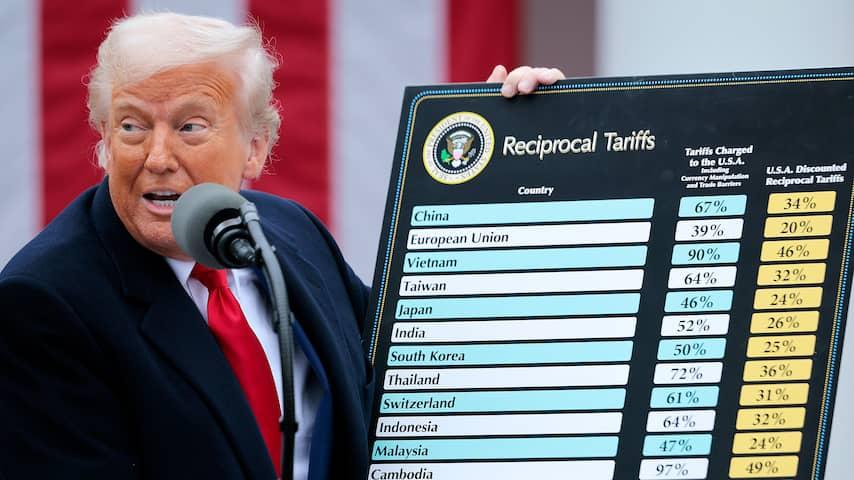Understanding the Strategic Value of israeli Air Defense Systems
The landscape of modern warfare increasingly underscores the necessity of advanced air defense systems, a sentiment that resonates deeply with Israel’s strategic focus on national security. Renowned for its effectiveness, Israel’s air defense strategy combines cutting-edge technology with a tailored approach to address various threats. The sophistication of systems like the Iron Dome, David’s Sling, and Arrow provides a multilayered defense that is not just reactive but also preemptive. By analyzing the operational effectiveness and deployment strategies of thes systems, it becomes evident that their success lies in several key aspects:
- Integration of Intelligence: Real-time data collection and analysis enable swift decision-making and threat neutralization.
- Adaptability: The systems can interoperate with existing military assets, allowing seamless responses to diverse aerial threats.
- Cost-Effectiveness: Despite the high-tech developments, the focus remains on achieving optimal defense at manageable costs.
This strategic value has profound implications for any air defense program aspiring to emulate Israeli successes. The essential lesson from Israel’s approach is the importance of a cohesive and integrated defense framework that prioritizes innovation adapted to local conditions. Notably, the constant cycle of feedback and enhancement evident in Israel’s defense strategy fosters resilience against rapidly evolving threats. these principles of synergy, creativity, and continuous enhancement serve as foundational pillars that can elevate air defense initiatives worldwide.

Adjusting Tactics: Lessons from Iron dome’s Adaptive Technology
In examining the operational success of the Iron Dome, one can derive valuable insights into the importance of adaptability and rapid response in air defense systems. Israel’s ability to adapt its tactics in real-time has resulted in enhanced effectiveness against evolving threats. Key strategies include:
- Real-Time Data Integration: Leveraging advanced radar technology and data analytics to identify potential threats and assess their trajectory instantaneously.
- Multi-Layered Defense: Employing a mix of interceptors that are designed for various types of incoming projectiles, ensuring thorough coverage.
- Continuous Learning Curve: Implementing lessons learned in previous conflicts into training and operational protocols, ensuring that the system evolves alongside emerging threats.
This adaptive approach not only maximizes the efficiency of interception but also minimizes collateral damage and resources expended.for Trump’s proposed ‘Golden Dome,’ embracing such adaptive technology is crucial. Incorporating these lessons could involve:
- Increased Collaboration: Fostering partnerships with tech companies and military allies to innovate and upgrade defense capabilities on the go.
- Public Engagement and Openness: Building public trust through transparency regarding the system’s development and its effectiveness in addressing potential threats.
- Scalability: Ensuring that the system can be adjusted and expanded based on real-world conditions and threat assessments,promoting greater resilience.

Building Resilience: The importance of Public Confidence in Defense Mechanisms
In modern geopolitics, the essential bedrock of any defense strategy lies not only in its technological capabilities but also in the public’s trust in that strategy. Trust fosters a sense of security among citizens, empowering them to support government initiatives aimed at enhancing national defense. In the context of missile defense systems, like Israel’s Iron Dome, public confidence plays a critical role in operational efficacy. Citizens who believe in the effectiveness of these systems are more likely to remain calm during crises, thus contributing to social stability. When populations are assured that robust defense mechanisms are in place, the psychological resilience of the nation is considerably fortified.
Building such confidence requires consistent interaction from leadership about the capabilities and successes of defense systems. Factors that contribute to public confidence include:
- Transparency regarding the technology and its deployment.
- Showcasing successful intercepts and real-time analytics of threat neutralization.
- Engagement with the community through educational initiatives that explain how these systems work.
By effectively communicating successes and enhancing public knowledge, nations can bolster the collective resilience of their societies, ensuring that citizens remain steadfast, even in the face of unpredictable threats. Such reassurance serves not only to consolidate support for defense spending but also to foster a sense of unity in the face of external challenges.

Integrating innovation: Future Technologies for Enhanced Protection
As nations strive to renew their defense infrastructures, the integration of cutting-edge technologies into air defense systems presents a strategic imperative.The Israeli system of layered defense exemplifies this, utilizing an interconnected web of systems, such as Iron Dome, David’s Sling, and Arrow, each tailored to address varied threats with remarkable precision. This comprehensive approach enhances threat response and increases survivability by ensuring that multiple defense layers can be called upon in real-time, which is crucial for rapidly changing combat scenarios. Key innovations that can be adopted include:
- Artificial Intelligence: Employing AI algorithms for predictive analytics, allowing for quicker identification and neutralization of incoming threats.
- Data Fusion: Integrating data from various sensors and platforms to create a unified operational picture, thereby improving decision-making capabilities.
- Advanced Radar Systems: Utilizing multi-band radars to improve detection capabilities against a wider array of targets, including low-flying and stealthy threats.
Furthermore, the potential integration of drone technology into existing defense architectures could revolutionize situational awareness and engagement strategies. Drones can serve as scouts to provide real-time reconnaissance, enabling operators to assess threats before they reach strategic assets. Moreover, swarm technology could allow for multiple unmanned aerial vehicles to coordinate attacks on hostile missiles or aircraft, effectively saturating enemy defenses and increasing the likelihood of intercept success. This forward-thinking approach promises to bolster defense systems significantly, ensuring that they remain relevant in the face of ever-evolving warfare tactics. Considered enhancements could include:
- Swarm Drones: Utilizing multiple low-cost drones working together can overwhelm and confuse enemy defense systems.
- Hypervelocity Projectiles: These can strike targets with amazing speed, making interception more challenging for customary air defense systems.
- Cybersecurity Measures: Strengthening the cyber resilience of defense systems to prevent breaches that could compromise operational integrity.
